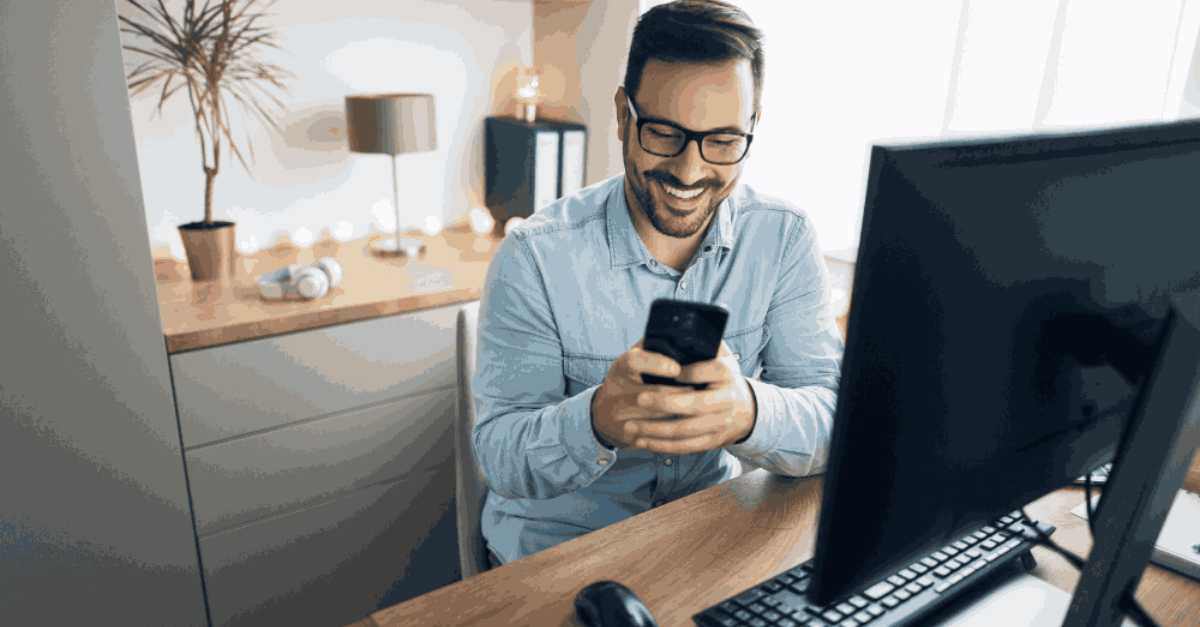
Accruent Launches EMS Mobile App “Direct Spaces” for On-the-Go Space Management
Provide your employees and students with a unified, mobile-first experience. Get to know Direct Spaces, our new mobile app for space and workplace ...
Solutions
Workplace Management Solutions
Real Estate Management Solutions
Maintenance Management Solutions
Energy Management Solutions
Engineering Document Management Solutions
Asset Management Solutions
Automate campus scheduling for classes, meetings, and exams with our EMS software.
Plan and manage conferences effortlessly with EMS software to impress guests and streamline operations.
Boost workplace flexibility and maximize space use with seamless desk and room booking.
Organize workplace or campus events smoothly, creating memorable experiences.
Optimize workspace, manage allocations efficiently, and reduce costs with our space management solutions.
Deliver projects on time and within budget by improving communication, collaboration, and efficiency with our software.
Streamline lease accounting for ASC 842, IFRS, and GASB compliance.
Manage leases efficiently by tracking key dates, analyzing costs, and ensuring compliance.
Centralize data and analytics for better insights, faster negotiations, and revenue growth.
Centralize facility and asset maintenance, automate work orders, and ensure compliance with our CMMS software.
Extend asset life, reduce downtime, and prevent costly repairs with data-driven monitoring.
Prevent equipment failures and extend asset life by detecting and addressing issues early.
Make sustainable, cost-efficient energy decisions by monitoring and optimizing power consumption.
Remotely monitor and control equipment with real-time data to predict issues, boost efficiency, and reduce downtime.
Easily share and collaborate on documents, creating a single source of truth for engineers and contractors.
Manage and analyze assets across their lifecycle to schedule maintenance, reduce downtime, and extend lifespan.
Improve visibility, automate work orders, and ensure compliance for efficient facility and asset management.
Resources
Browse our full library of resources all in one place, including webinars, whitepapers, podcast episodes, and more.
Support
Looking for access to technical support, best practices, helpful videos, or training tools? You’ve come to the right place.
About Accruent
Get the latest information on Accruent, our solutions, events, and the company at large.

Are your office spaces used effectively? Explore how a single source of truth for space utilization is critical for monitoring and managing your workplace.
The second key to “the great return to work” is visibility. The true open office concept is likely going away—at least for a while. And this should come as no surprise, as open offices, free address, and shared spaces offer no utilization visibility. Instead, data will be increasingly critical for monitoring, managing, and responding to space-related concerns.
This is where a powerful EMS Room and Resource Scheduling Software can come into play. Having a single source of truth for how spaces are utilized will be critical for social distancing, sanitation, and monitoring. Accruent’s EMS platform can provide the necessary data to create a safe, easily utilized space, helping you to:
Let’s dive into the details.
Another key functionality of an robust space scheduling is being able to report on space usage so you know how much of your space is being used over time, which spaces are the most popular and which spaces have been used recently. This is particularly important for informing cleaning staff where to sanitize to keep employee health and wellness the top priority.
You can also address other important questions that you may need to answer as a manager or administrator. These include:
Then there are the questions that employees will be asking leadership and staff, like:
These are considerations that you need to think about, and you can only answer these questions effectively with data and reporting. Having the ability to report on the usage of space will be critical to understanding the movement and interaction of people.

Using Accruent EMS, you can run reports to answer, for example, the history of who’s been in what workspace or what conference room was booked. How long was it booked for? What’s the utilization of the spaces? Therefore, setting up correct sanitation and cleanliness.
Just to give an example, two reports available in the EMS space scheduling solution include a Daily Seat Occupancy Report and an External Visitor Security Report.

Daily Seat Occupancy Report from Accruent EMS space and resource scheduling solution.

External Visitor Security Report from Accruent EMS space and resource scheduling solution.
While reporting is an invaluable resource for responding and informing strategy, it only offers a historical view of your data. Day-to-day, real-time communication to your users and managers can also go a long way when it comes to keeping people aligned on policies and procedures.
Consider building a strategy around the information that gets shared at critical times, like when visitors are coming to your facility or when a space needs attention. A lot of this can be done through automated reports, automated notifications, and automated emails.
You may find it useful to implement Terms and Conditions as well as attestation questions within the room or desk booking workflow. Terms and Conditions can spell out the company policies, employee self-governance requests, friendly reminders of best practices for safety and more. Attestation questions should be able to be customized to help inform the office administration of higher risk situations that might warrant manual approval. These questions could include information like whether an individual has traveled outside of the state or country within a recent time period.
Making such information requests required for booking a space or resource using a configurable booking solution should also be able to trigger notifications and alerts to relevant groups or individuals.
Use cases you can create automated notifications for include:
This kind of strategy and visibility can enable you to react quickly should there be an event in the office or someone is identified to be ill. You can potentially combine reporting on space use and calendar data to more formally and uniformly reach out to those that may be impacted.
In the next blog in our “great return to work” blog series, we will explore the importance of having your people on board with any changes you make. After all, the positive impact of returning to the office hinges on participation from your people. That’s why you must encourage accountability, re-establish the office culture, and ensure that the people in your company feel safe and heard.
Explore the Series:
Provide your employees and students with a unified, mobile-first experience. Get to know Direct Spaces, our new mobile app for space and workplace ...
Get the latest on office space utilization and learn how sensors, AI-powered analytics and intelligent workplace management systems unify your built ...
Make the most of your current office environment. See how space management tools like EMS can help you expand and improve your use of workplace ...
Subscribe to stay up to date with our latest news, resources and best practices.
* To unsubscribe at any time, please use the “Unsubscribe” link included in the footer of our emails.